Best plants for beginners: 10 gorgeous varieties that are easy to grow
Want to know the best plants for beginners? Try these brilliant suggestions for flowers and food crops

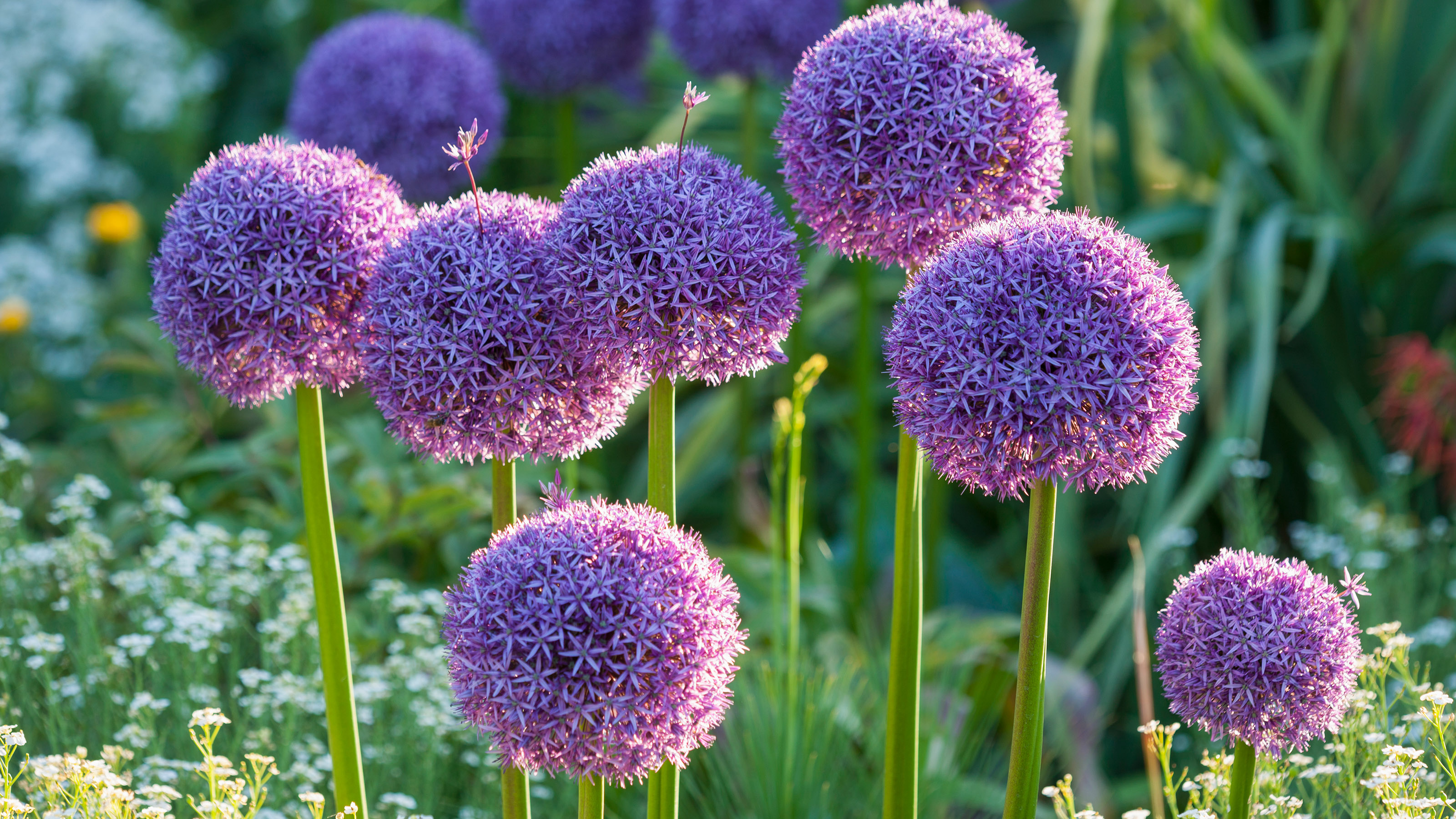
Want to try gardening but don't know where to start? These best plants for beginners are for you.
Sure, growing vegetables and flowers can seem daunting at first. But luckily, there are lots of varieties that will flourish easily – no experience necessary. So, if you're dreaming of flower-filled beds in your garden, or love the thought of tucking into a meal full of freshly-grown veggies, then these suggestions will guide you on your way.
With help from the experts, we've rounded up our best plants for beginners. With the likes of silky-petalled cosmos, jolly radishes, structural alliums and much more included, they're bound to bring a sense of joy to you, your garden, and your flowerbed ideas. Keep scrolling to find out more.
Best plants for beginners: our top 10 picks
1. Catmint
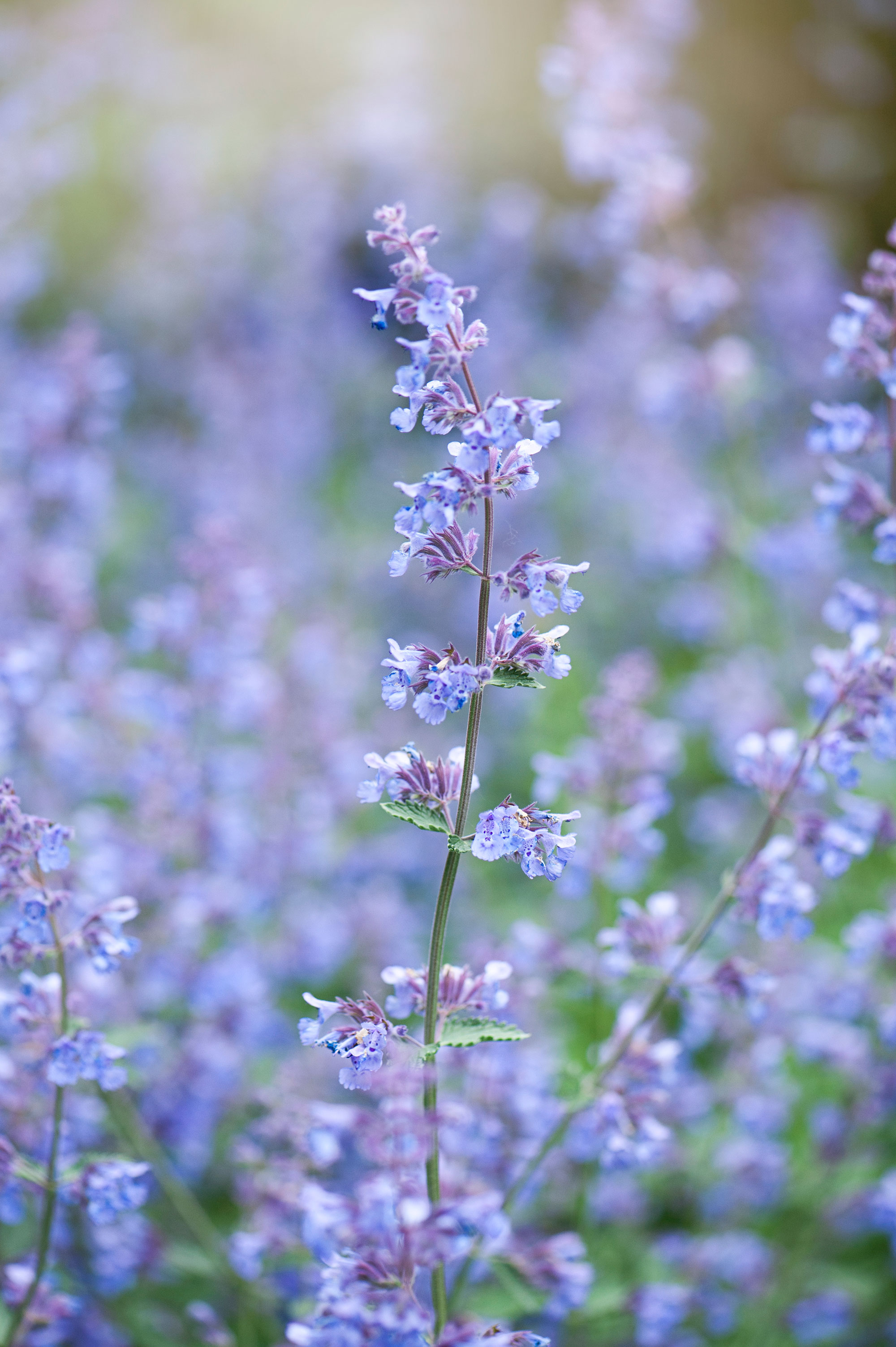
Catmint, otherwise known as nepeta, is a glorious, hardy perennial. it is definitely one of our best plants for beginners, especially if you love our cottage garden ideas.
Try the 'Walker's Low' variety for purple-flowering groundcover along the edge of sunny borders (although it does well in partial shade, too). Garden Designer Raine Clarke-Wills of Raine Garden Design says it's without a doubt the very best plant for beginners. This invaluable plant gives so much back, not only to encourage wildlife, but for endless color in the garden between May, right through to December, she continues. It even offers a pleasant fragrance, thanks to its aromatic, silvery-hued leaves. Each plant will spread to a width and height of around 50cm in the right conditions – it likes well-drained chalk, loam, or sandy soils.
Raine praises its simple maintenance too, explaining that all you need to do is cut everything right back to just above ground level at the end of autumn. 'It's a must for every beginner and an absolute joy to have in the garden,' she adds.
2. Fuchsia
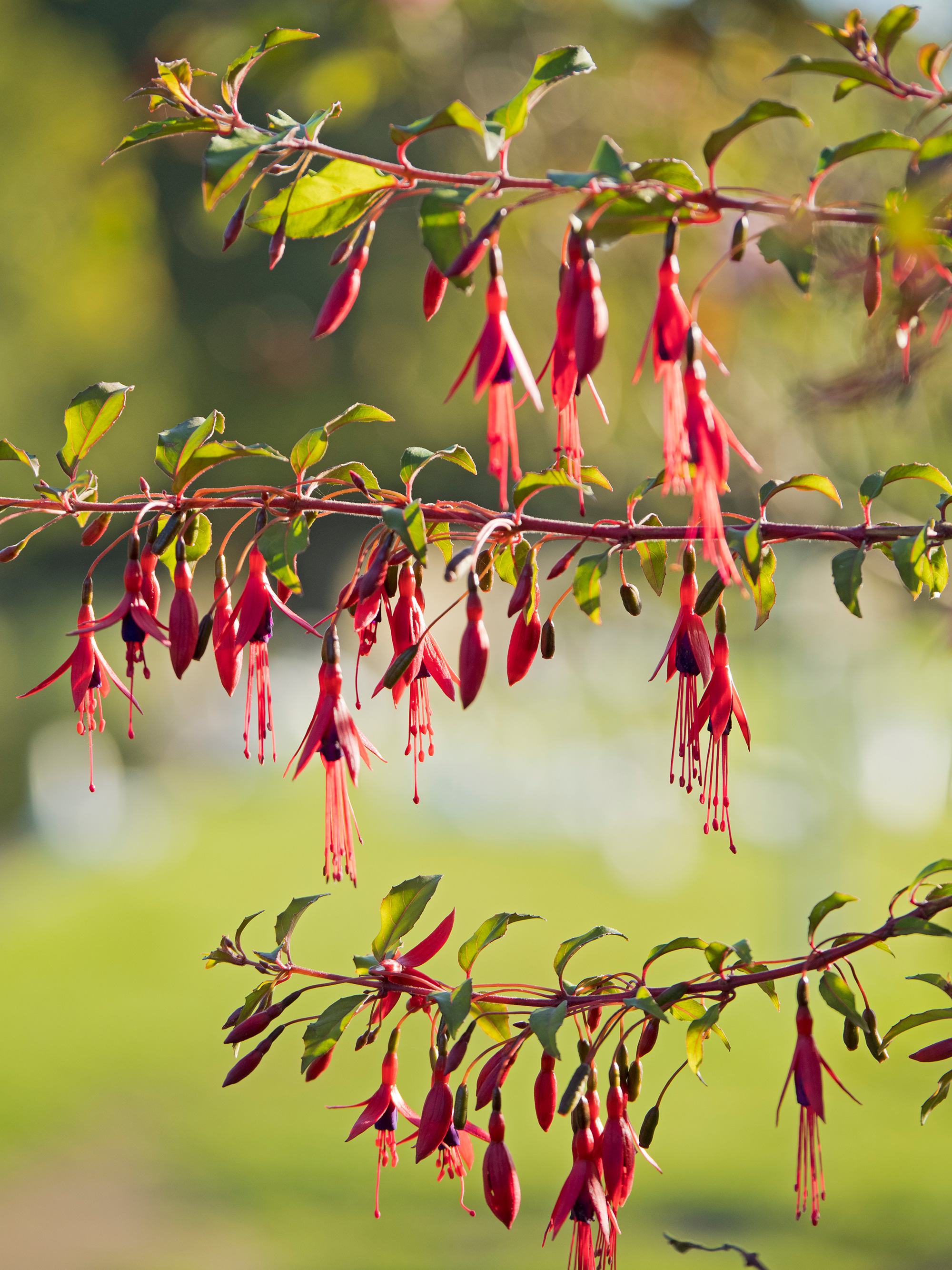
Fuchsias are delightful perennial shrubs with elegant flowers reminiscent of ballerinas. The experts at Suttons recommend them as one of the best plants for beginners as they're easy to grow and provide months of color.
Garden Designer Rhoda Maw of Rhoda Maw Garden Design agrees. 'Some may think of these as old-fashioned,' she says. But, some varieties, such as 'Mrs Popple' are bullet-proof and will flower from June way into October or when the first frosts get them.
'They are deciduous, so will turn to sticks over the winter, but pruning is really easy,' Rhoda adds. 'You just chop them down low in February, ready for them to do their thing all summer long.'
They range in size ('Mrs Popple' grows to around 1m tall and wide, whilst 'Brutus' is smaller at around 50cm each way), so check which one will fit your space best. And, if you're not a fan of the classic hot pink and purple combo, then there are a couple of alternatives you can try – 'Whiteknights Pearl', for example, is a pale rosy hue.
Plant in sun or partial shade, in well-drained, moist soil, and provide shelter from cold winter winds. Need more advice? Take a look at our guide on how to grow fuchsias.
3. African daisy

Another recommendation from the experts at Suttons, African daisies (also known as osteospermums) are straightforward to grow and offer many months of flowers. As Suttons says, they really earn their keep.
African daisies prefer well-drained chalk, loam, or sandy soils, and make a great addition to a pot or border that gets plenty of sun.
In summer, they produce daisy-like flowers in a range of vibrant colors depending on the variety. White and purple tones as seen above are classic choices, but you can also find bright yellow or orange types ('Astra Yellow' or 'Pink-eyed Beauty' for example). Deadhead spent flowers to encourage new flushes of blooms.
Some kinds are hardier than others (check the label before you buy) and will survive mild winters, although will benefit from frost protection.
4. Nasturtiums

If you're looking for the best plants for beginners that are bright and cheery, then nasturtiums (Tropaeolum majus) are one of the jolliest out there. They offer clambering, rapidly-growing shoots adorned with circular leaves. And, their flowers bring flame-hued color to gardens throughout summer into autumn.
An annual, they're incredibly easy (and quick) to grow from seed and look lovely in a sunny bed, trailing down from hanging basket ideas, or in a pot. What's more, they deter whitefly and can be used to distract aphids away from crops, so make a wonderful addition to raised garden beds. The classic varieties come in vivid orange and yellow hues, but you can find interesting alternatives sporting the likes of deep red blooms or mottled leaves. Plant in well-drained soil for them to flourish – some varieties can spread up to 2.5m if allowed.
They can also be used to spruce up salads, offering a peppery taste. Take a look at our guide to edible flowers for more ideas.
5. Mexican orange blossom

Mexican orange blossom (choisya) is another brilliant shrub in terms of the best plants for beginners, and smells amazing. As Garden Designer Rhoda Maw explains, there are different varieties but they will all have two flowering seasons; April-May and again in September to October. That means you can enjoy two lots of flowers and scent in one year, which is great value. Plus, there's no pruning required, Rhoda adds.
Her favorites are Choisya x dewitteana 'Aztec Pearl' which has elongated leaves and grows up to 2.5m by 2.5m, and Choisya x dewitteana 'White Dazzler' – which stays at a very manageable 1m by 1m.
Plant somewhere sunny in well-drained soil for this perennial to thrive.
Looking for more ideas for the best shrubs for small gardens? Take a look at our guide.
6. Alliums
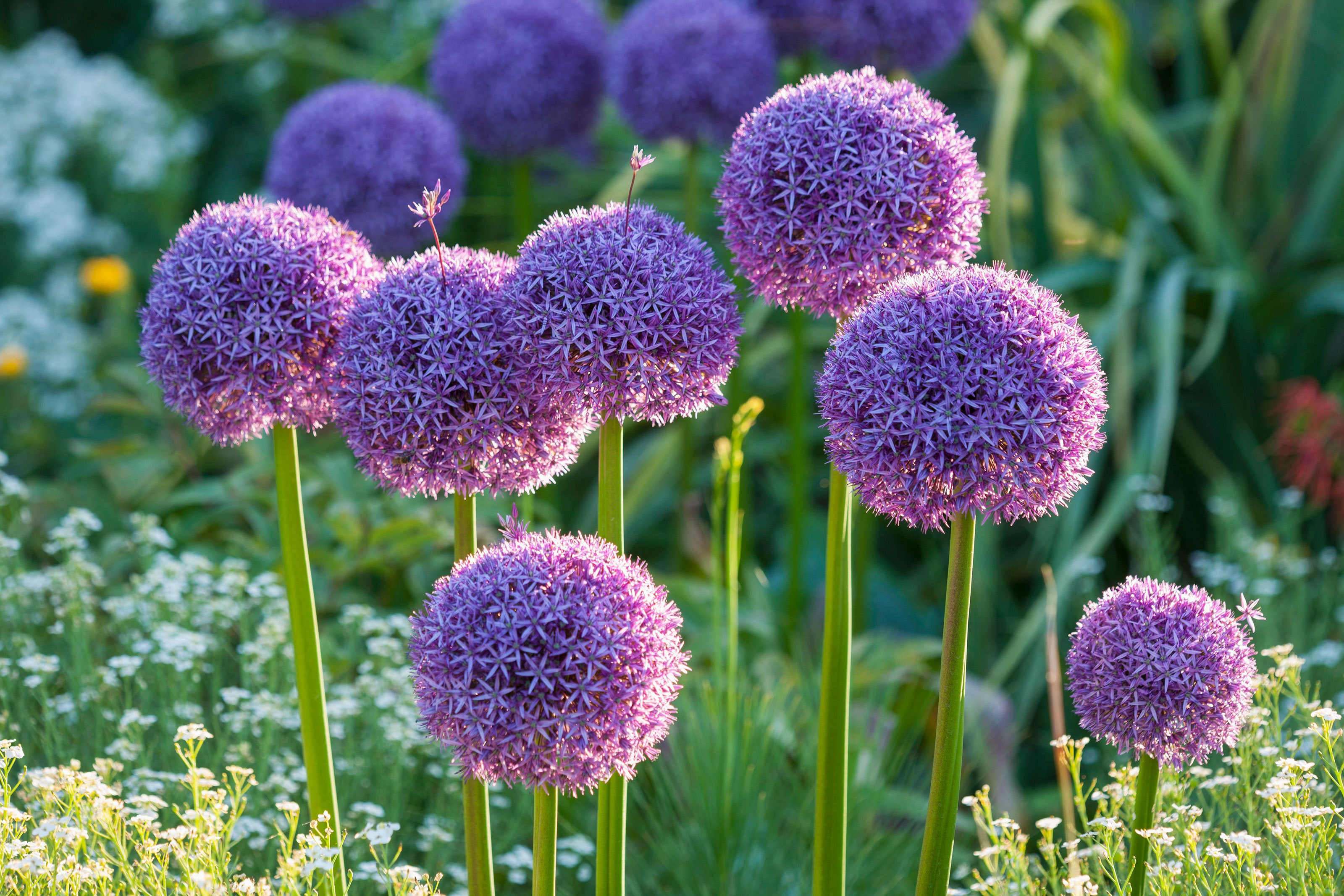
When it comes to the best plants for beginners, bulbs are a great place to start (and our guide to planting bulbs is full of advice). Of course, there are daffodils and tulips, but one of our favorites for the summer months has to be ornamental alliums.
They offer structural globes of tightly-packed, star-shaped flowers, generally in vivid purple hues (although you can find white varieties too). Once they've finished flowering, their seed heads can be left to provide architectural interest to your plot.
Plant them in sheltered, sunny spots, in well-drained soil (they don't like damp, heavy conditions). They are great for adding height to a border – the snow-white 'Mount Everest', akin to its name, is a whopping 120cm tall, whilst 'Purple Sensation' is around 1m.
Plant the bulbs into your borders in autumn, where you can then leave them to grow back year after year. Drought-resistant, they won't need much watering. You can also plant them in deep pots, however they will need a bit more attention from the watering can this way.
And if all that hasn't persuaded you to give them a try, they're also well-loved by pollinators and are one of our best bee friendly plants.
7. Sunflower
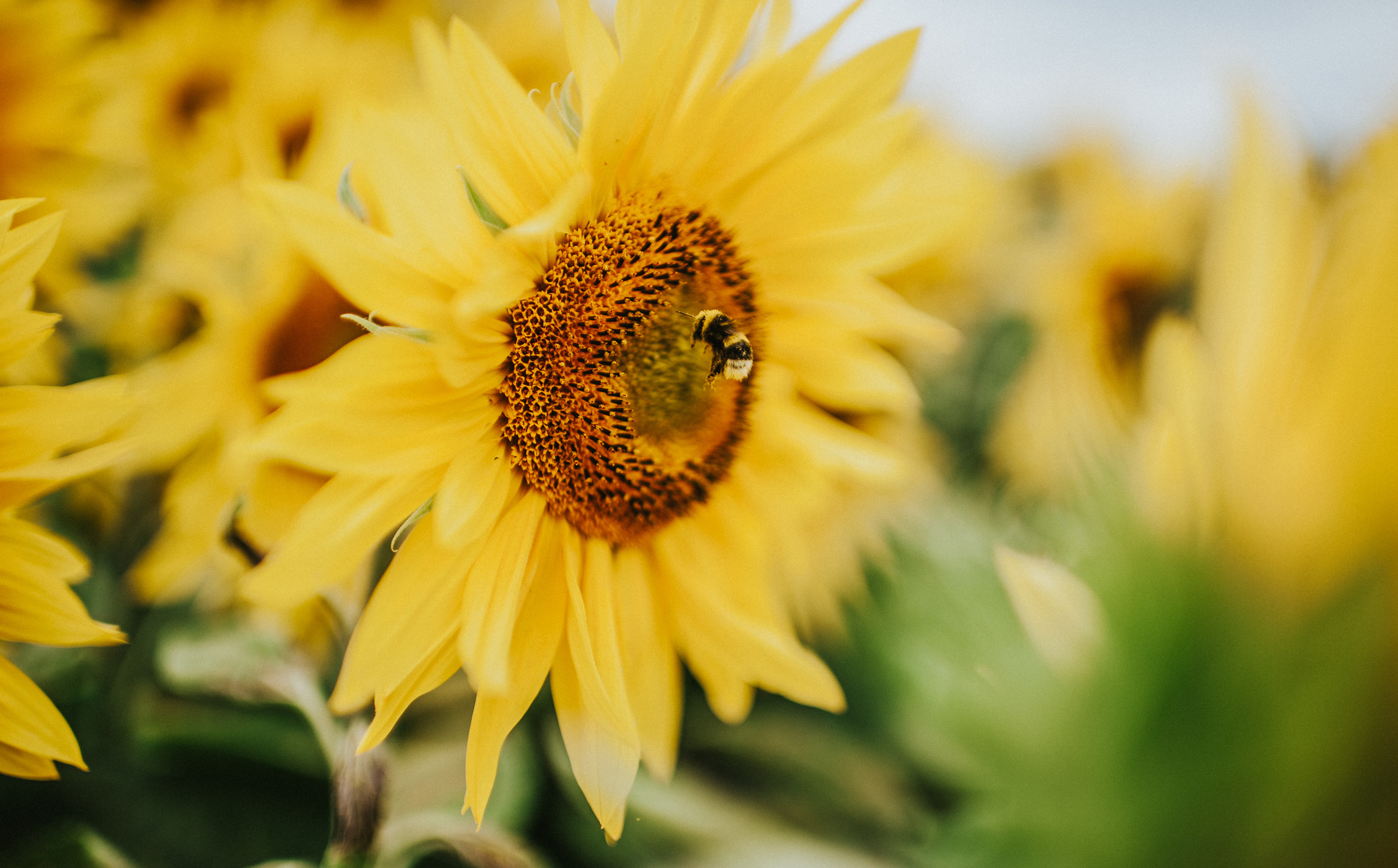
Sunflowers (helianthus) are great fun for all the family to grow, and yield impressive results with their show-stopping blooms. These annuals grow quickly, and range in height – from the towering 'Russian Giant' of 3m with its massive flower heads to the compact, 45cm-tall 'Irish Eyes'.
Although the classic golden-hued varieties are well-loved, there are alternative colors on offer, ranging from deep orange to very pale. 'Italian White' has soft, creamy-toned petals with deep chocolate centres, whilst 'Velvet Queen' is a sumptuously dark red.
Sow seeds straight into a well-drained, sunny spot in the ground in spring. Water well and thin out the seedlings as they grow to avoid congestion. Flowers will appear in summer.
Need more tips on getting started? Take a look at our guide on how to grow sunflowers.
8. Courgette
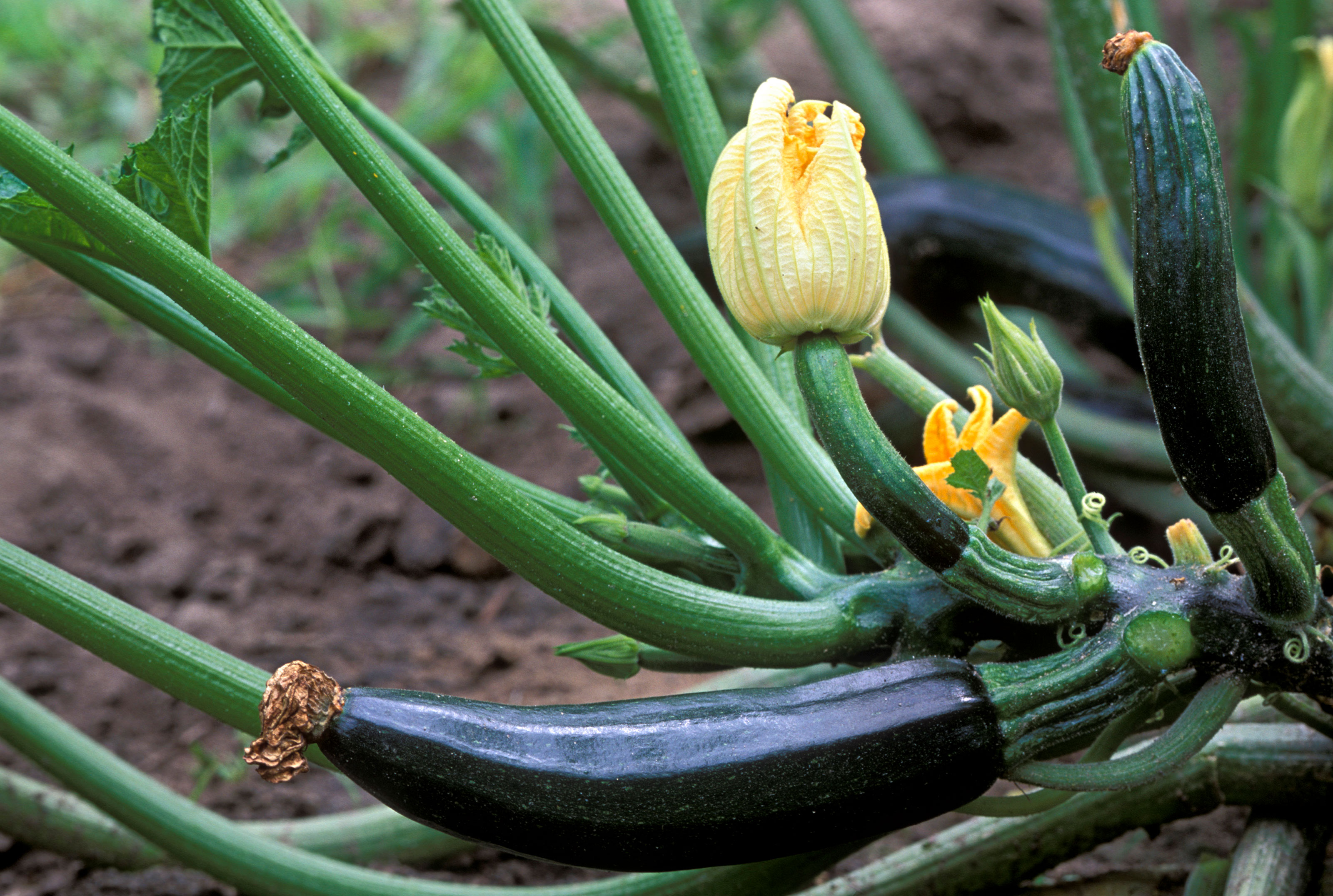
If you're eager to get going on your veg patch, then courgettes are a great choice for beginners.
They are simple to grow from seed (sow straight into the ground in May or June, once all risk of frost has passed), but you can always opt for plug plants from a garden center instead. Be sure to give them lots of room to grow as they like to spread out. They also like sun and rich soil, so provide plenty of compost or well-rotted manure when sowing or planting. Once they have established, keep them well-watered, especially during hot, dry days.
Just a few plants will provide an abundance of crops all summer long, so unless you're prepared for a courgette glut, there's no need to plant tons. Some of our favorite varieties include the RHS-award-winning 'Defender' and the bright yellow 'Parador'.
Our guide on how to grow courgettes has more tips.
9. Cosmos
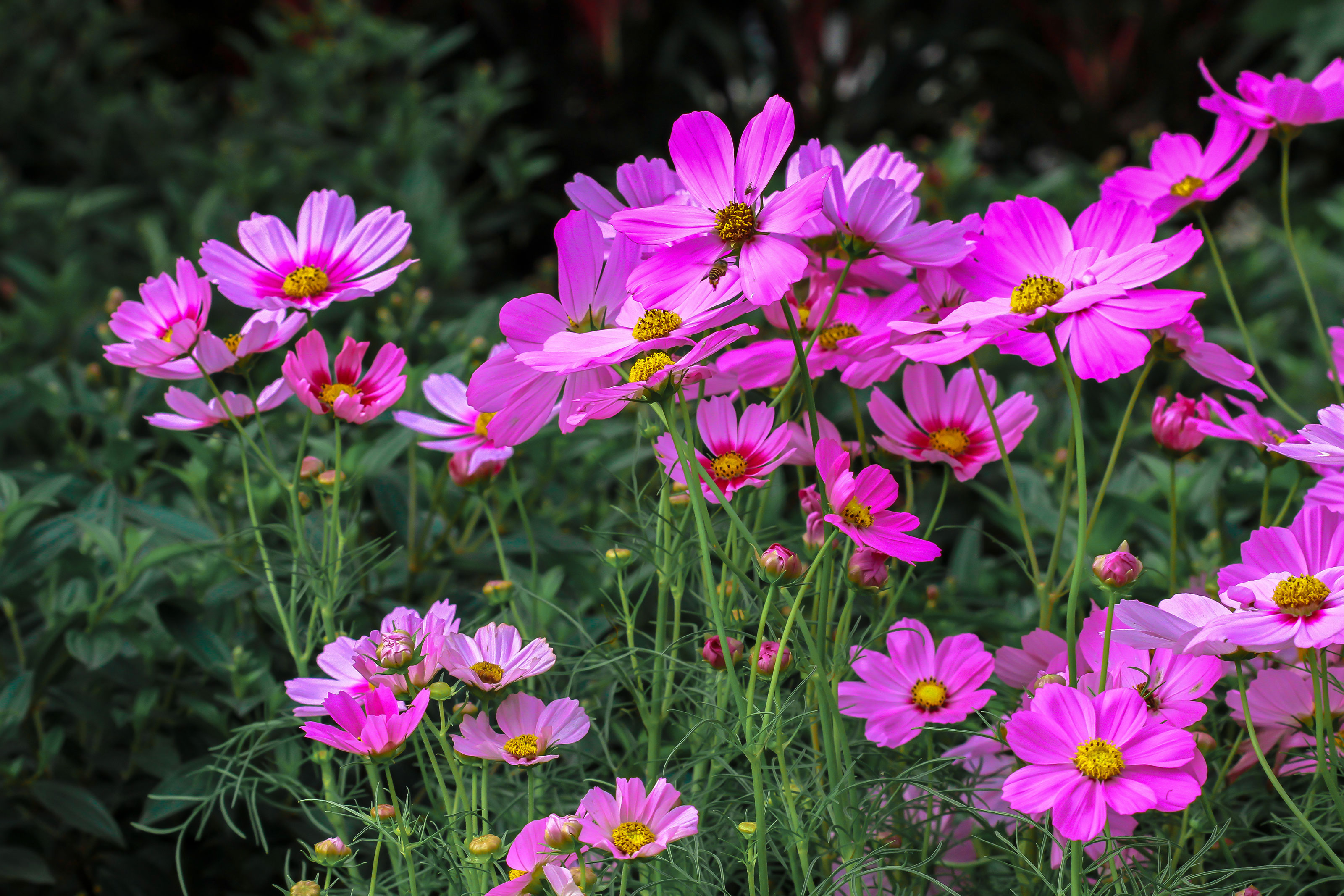
Cosmos bipinnatus are some of the best cottage garden plants, and they're one of the best plants for beginners, too.
Fast-growing annuals, these pretty blooms bob elegantly on long stems, their silky petals fluttering in the breeze. Generally in a palette of white or pink (although you can also find pale yellow kinds such as 'Xanthos'), the daisy-like flowers have bright yellow centres and are loved by pollinators and people alike.
For early flowers, you can start the seeds off indoors in March or April. Pot them on once they've grown two leaves. When the weather is warmer in May, harden the seedlings off by popping them on your patio for around a week, before planting them into the ground or your chosen container. They like sunny spots in moist, well-drained soil.
Looking for more advice? Find out how to grow flowers from seeds with our guide.
10. Radishes
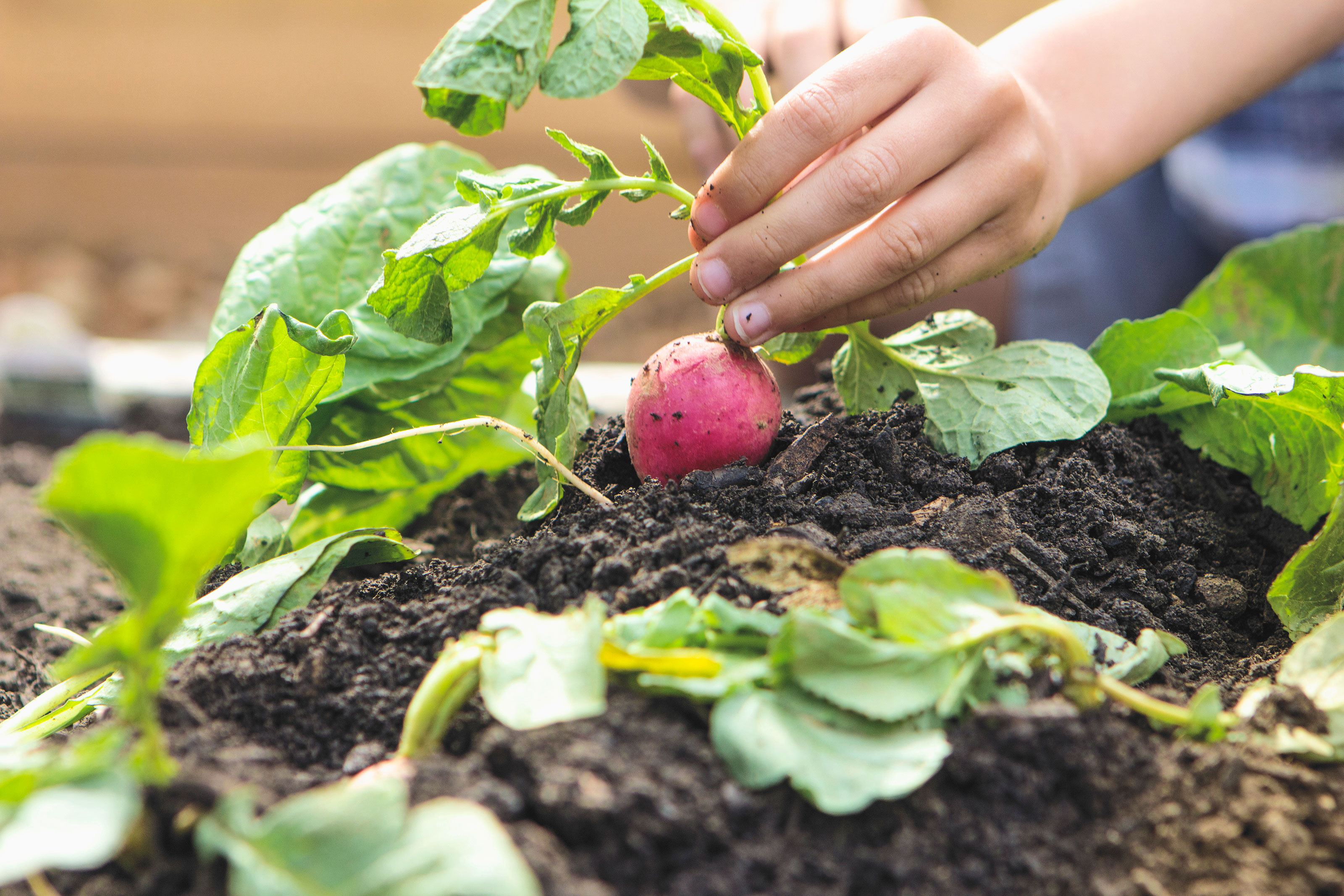
Another one of the best plants for beginners looking to grow their own veg, radishes are fast-growing and delicious for adding a crunchy, peppery hit to summer salads.
They can be sown straight into the ground from March, in rows around 15cm apart. For the best results, thin them out as they grow. It won't be long before you can harvest them – generally around 4-6 weeks after sowing (check your seed packet as different kinds can vary slightly). Keep them watered in dry weather.
As well as the classic pink varieties ('Scarlet Globe' is popular), you can also find purple ('Royal Purple') and even white kinds.
How do I start my garden for the first time?
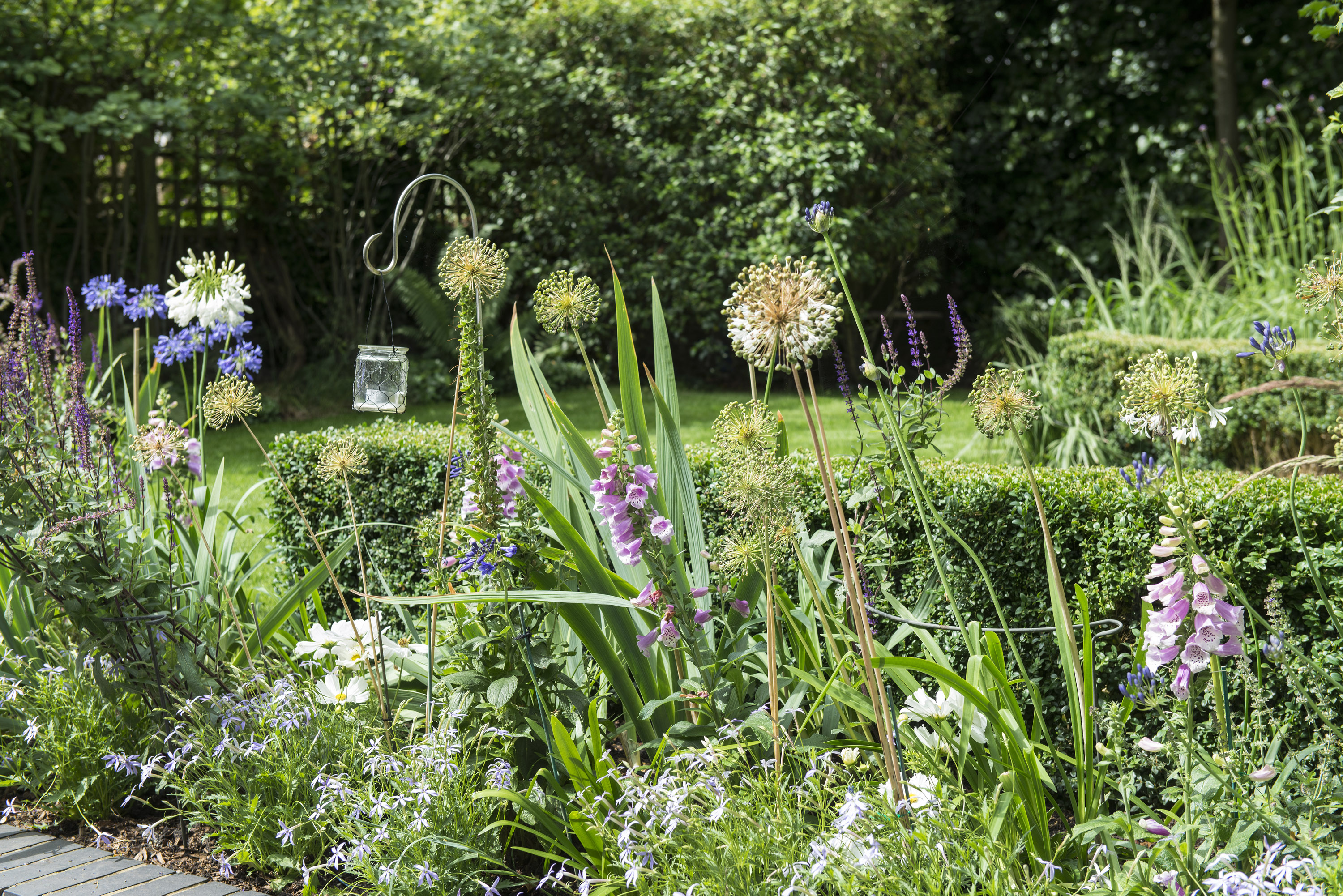
Have our best plants for beginners got you inspired to start growing your own? Try these tips when starting a garden for the first time:
- As tempting as it may be, try not to buy too many plants and seeds at once. For a greater chance of success, think carefully about what you really want – a reliable shrub, a vegetable or two, and a few pretty flowers for example make a good starting point. That way, you can really get to know and give more attention to each. As your confidence grows, start bringing more varieties into your plot.
- When planting beds, do make sure they are weed-free first. Our guide on how to weed a garden is full of useful tips. You can also dig in some good-quality garden compost or well-rotted manure, depending on what your chosen plants require.
- When buying seeds, remember to check the instructions on the packet. These will help you know when and how far apart to sow them, and the kind of soil that they will grow best in.
- It's useful to keep track of what you've planted using labels, especially if you encounter a problem down the line and need further advice. You could also invest in a gardening journal – note down every new plant you bring into your plot and, if you're really organised, keep dated notes on its performance. This is a great way to learn about how different species behave in your garden.
- It's a simple one, but don't forget to water. This includes straight after you've planted or sown your new garden additions, but also frequently afterwards, especially in the height of summer. Don't overdo it though, too much water can do more damage than good!
- When starting out, it's a good idea to keep things as simple as possible. Our low maintenance garden ideas are full of straightforward tips for styling, planting, and landscaping.

The garden was always a big part of Holly's life growing up, as was the surrounding New Forest where she lived. Her appreciation for the great outdoors has only grown since then. She's been an allotment keeper, a professional gardener, and a botanical illustrator – plants are her passion.
